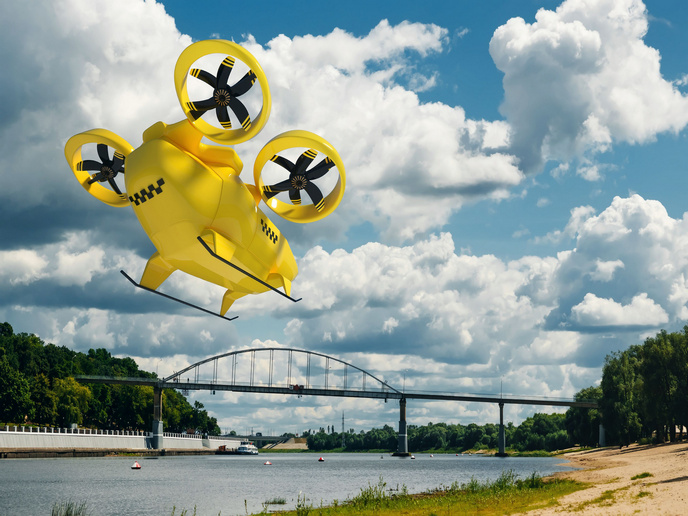Sharing data to improve flight safety
Remember that volcanic eruption in Iceland that cancelled hundreds of flights and left thousands of passengers stranded? That happened nearly 10 years ago, but it wasn’t an isolated incident. Due to a gap between available data and the information that Air Traffic Management (ATM) stakeholders need to manage flight safety, natural and manmade disasters such as volcanoes, forest fires, sand storms and nuclear releases can seriously affect global air traffic. “Air traffic control, Eurocontrol, national authorities, airlines and pilots all share the same goal of ensuring safe flights,” says Gerhard Wotawa, project coordinator of the EU-funded EUNADICS-AV (European Natural Airborne Disaster Information and Coordination System for Aviation) project. “This gap creates circumstances where the stakeholders in the ATM system may base their decisions on different data and information.” EUNADICS-AV, a collaborative effort between national weather service providers, measurement data specialists, aviation experts and flight planning service providers from 12 European countries, is working to close this gap. To do so, researchers are developing a data platform that, during an airborne hazard like a volcanic eruption, provides airspace regulators, managers and users with all necessary information as soon as possible. Fast and consistent information Currently, airspace authorities and stakeholders get information from several data channels, including different observational networks. However, these channels not only lack the ability to share information effectively, but there is also no standard procedure for sharing it between EU countries. The result is a fragmented European airspace ripe for cancellations and disruptions. If the threat of a hazard is identified at an early stage, flight planners can adjust their routes well in advance and reduce the number of cancellations. The goal of this project is to support the flight planning and decision-making process by providing the most relevant data for a specific hazard and by producing tailored products for aviation stakeholders. “The end goal is to enable all stakeholders in the aviation system to obtain fast, coherent and consistent information,” adds Wotawa. “Doing so will greatly enhance our capability to respond to disasters effectively and efficiently, minimise system downtimes and economic damage and – most importantly – enhance the safety of millions of passengers.” Promising results In March 2019, project researchers conducted a comprehensive testing of the EUNADICS-AV system in Salzburg, Austria. A range of scenarios with the potential to impact the aviation system were assumed, including a volcanic eruption in Italy and nuclear incidents in Germany and Austria. During each test, researchers integrated all available data, tailored observations, data analysis and modelling directly into the airline’s flight planning software. “Through these tests, we were able to demonstrate that route optimisation measures can be implemented at a very early stage,” explains Wotawa. “This is important as it would allow the vast majority of flights to be conducted with few to no cancellations.” Based on these promising results, researchers are now developing a business case for seamlessly integrating EUNADICS-AV data analysis and modelling services into ATM, air traffic control, and flight planning software. So, the next time a volcano erupts, instead of being left stranded at an airport, thanks to EUNADICS-AV, ATM will be able to quickly reroute your flight – getting you safely to your destination with minimal delay.
Keywords
EUNADICS-AV, Air Traffic Management (ATM), Air Traffic Control (ATC), Eurocontrol, flight planning, flight safety, aviation







